As an experienced horizontal directional drilling specialist, I fully understand the critical importance of preparation for trenchless horizontal directional drilling. This article systematically introduces the complete process and key points of preparation for trenchless horizontal directional drilling, helping you mitigate construction risks and ensure smooth project implementation.
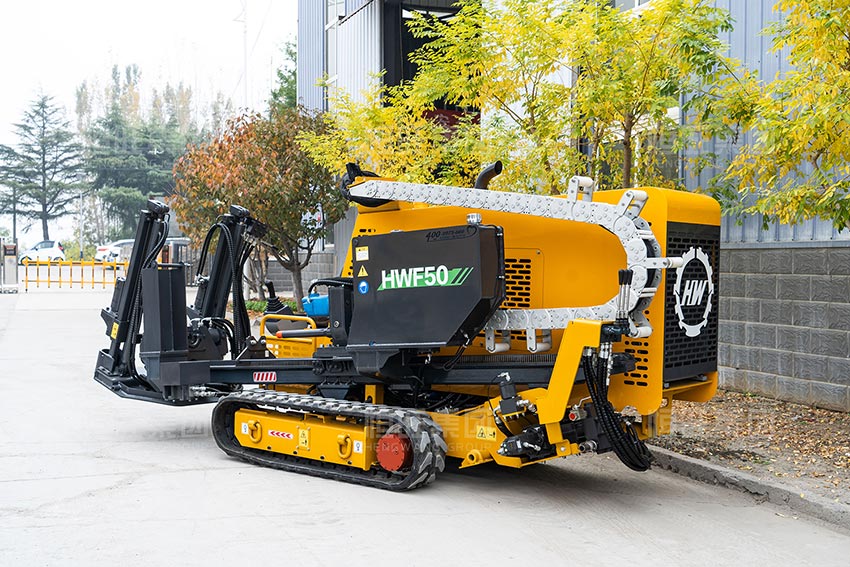
I. Overview of Pre-Construction Preparation
Preparation for trenchless horizontal directional drilling forms the fundamental guarantee for project success. This technology, developed since the 1970s, has become an indispensable construction method in municipal construction and energy transmission sectors. Comprehensive preparation for trenchless horizontal directional drilling can improve construction efficiency by over 30% while reducing engineering accident risks by 50%.
II. Topographic Survey
In the preparation for trenchless horizontal directional drilling, topographic survey represents the primary task. Key investigation areas include:
1. Terrain characteristics of crossing areas: Including various landforms such as mountains, water bodies, and urban building clusters
2. Distribution of surface structures: Documenting locations of important infrastructure like roads, bridges, and railways
3. Construction site planning: Determining equipment access routes, pipe storage areas, and welding operation zones
Special terrains require targeted construction plans, making this a crucial aspect of preparation for trenchless horizontal directional drilling.
III. Underground Utility Detection
The core task in preparation for trenchless horizontal directional drilling is underground utility detection, which must follow professional procedures:
1. Marking and measuring visible utilities to record precise locations
2. Using professional detection equipment to locate concealed utilities
3. Reviewing historical engineering drawings to verify utility distribution in special areas
4. Creating complete utility distribution maps as construction references
Given the complexity of urban underground utility networks, establishing a comprehensive utility database during preparation for trenchless horizontal directional drilling is essential.
IV. Geological Condition Analysis
Preparation for trenchless horizontal directional drilling must include detailed geological surveys. Common construction strata include:
1. Clay layers: Standard strata with relatively low construction difficulty
2. Silt layers: Special strata prone to directional deviation risks
3. Quicksand layers: Challenging strata with high water content and poor stability
4. Gravel layers: Difficult strata traditionally considered unsuitable for trenchless construction
5. Rock formations: Complex strata requiring special equipment and techniques
Each stratum demands corresponding construction plans, representing the technical core of preparation for trenchless horizontal directional drilling.
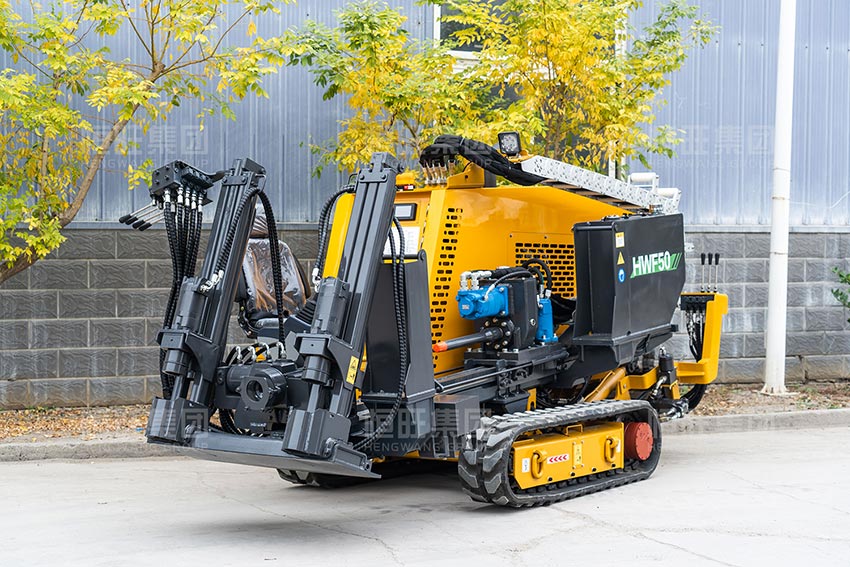
V. Pipe Material Selection Criteria
The final critical stage in preparation for trenchless horizontal directional drilling involves pipe material selection, considering these factors:
1. Pipe types: Selecting steel pipes, PE pipes, etc., based on project requirements
2. Strength indicators: Ensuring materials can withstand construction and operational pressures
3. Corrosion resistance: Evaluating material durability in specific environments
4. Diameter specifications: Special designs and techniques for large-diameter projects
VI. Construction Plan Development
Based on preliminary survey data, preparation for trenchless horizontal directional drilling requires completion of:
1. Optimized construction route design
2. Equipment selection and parameter setting
3. Emergency plan formulation
4. Environmental protection measures planning
VII. Summary and Recommendations
Comprehensive preparation for trenchless horizontal directional drilling should include:
1. Thorough field surveys and data collection
2. Professional risk assessment and solution design
3. Detailed construction plans and emergency protocols
4. Strict quality control standards
It is recommended that engineering teams allocate sufficient time for preparatory work before construction and consult professional survey and design organizations when necessary to ensure the completeness and accuracy of preparation for trenchless horizontal directional drillin.

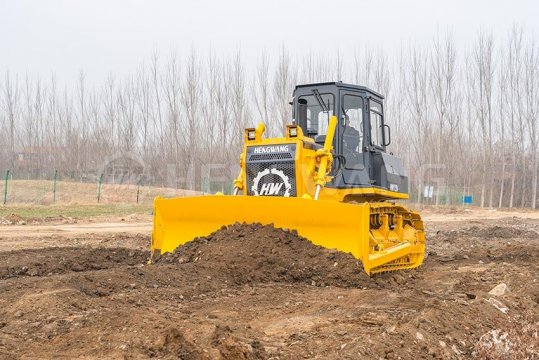 Bulldozer Blade Types: Core Configuration for Adapting to Different Operating Scenarios
Bulldozer Blade Types: Core Configuration for Adapting to Different Operating Scenarios
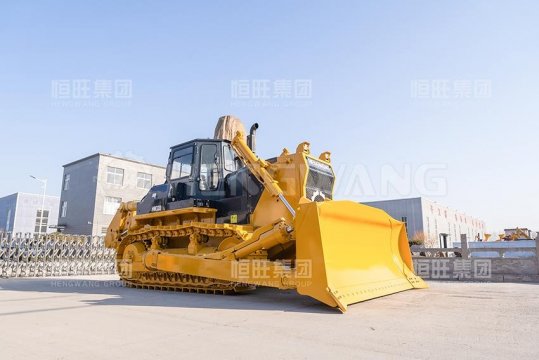 Swamp bulldozer: An Efficient Solution for Operations in Muddy Environments
Swamp bulldozer: An Efficient Solution for Operations in Muddy Environments
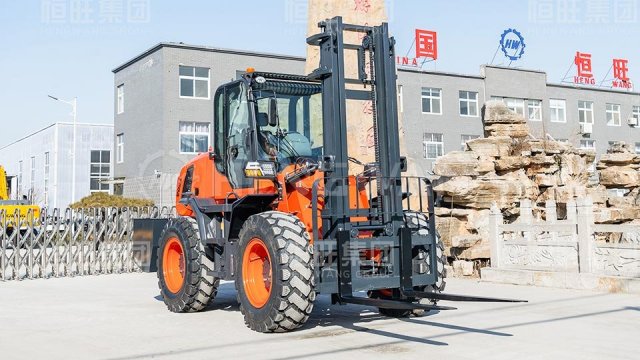 Rough terrain forklift with highest load capacity: A High-performance Solution for Heavy-duty Outdoor Operations
Rough terrain forklift with highest load capacity: A High-performance Solution for Heavy-duty Outdoor Operations